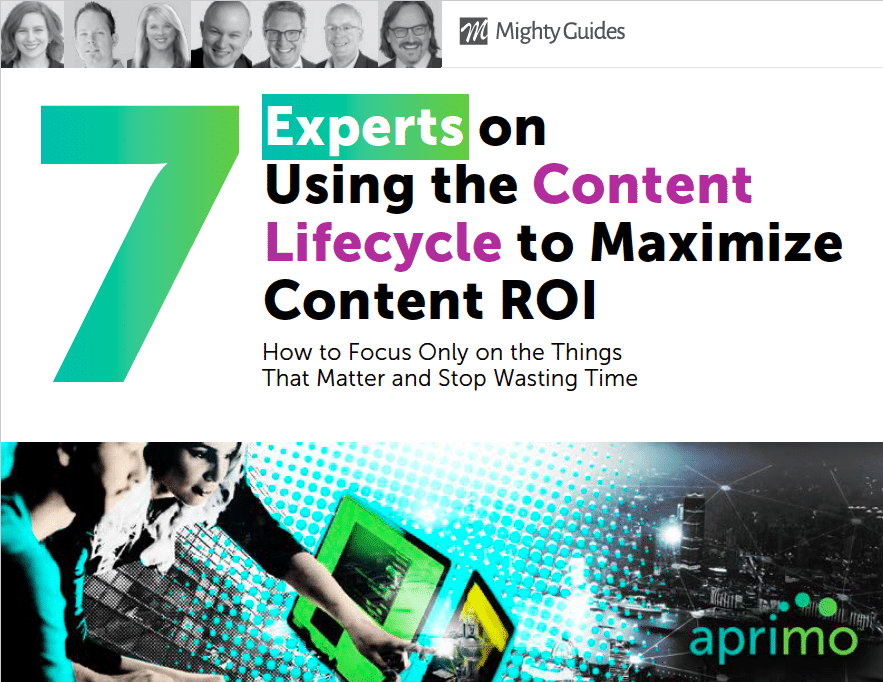
Lauren Bowden, Freelance Marketing
Communications Consultant/Chief
FinTech Content Creator at The
Comms Crowd, Lauren Bowden
Consulting
“Having a detailed plan with touch points mapped out for different points in the buyer’s journey makes budgeting a much more efficient process.”
Effective budgeting requires adhering to the original strategy of each campaign and always keeping overall objectives in mind. Having a detailed plan with touch points mapped out for different
points in the buyer’s journey makes budgeting a much more efficient process. Budgeting needs to consider many factors that relate to specific buyers and their journeys, and it needs to take into account a global strategy that repurposes content for multiple regions and campaigns to maximize ROI.
Budgeting also requires having a clear idea of the goals you need to achieve in each campaign—goals that have been communicated to and accepted by stakeholders. This does not mean planning out and budgeting for every last detail of every content piece with no room for flexibility over the year. Even the most robust plan and organized team will have unexpected opportunities that are too good to pass up over the year. That’s why it’s always important to have at least a 10 percent contingency fund built into the budget.
Another value of a strong plan is that it helps you manage supplier costs. With a well-thought-out plan, many items can be budgeted for upfront, suppliers notified in advance about what work you have planned over the year, and packages negotiated accordingly. Good relationships with external suppliers are extremely important in managing these costs. Every industry has third parties trying to persuade you to spend your marketing dollars with them. Every purchase has to be rigorously justified. Spending money on a tactic that may seem like the right fit in theory but fails to meet the mark in practice can undermine a whole campaign. Teamwork and communication with internal stakeholders and external networks of peers who have worked with suppliers is essential to making wise vendor choices. Ongoing relationships with trusted suppliers is key, but it is also crucial to explore the marketplace for suppliers who can help you execute new tactics. This should be done on an ongoing basis over the year to ensure the supplier has a solid grasp of the marketplace well ahead of key fulfillment deadlines. This kind of market scanning is particularly important for in-house marketing teams so they can keep abreast of new techniques and methods.
Finally, you need to continuously monitor campaign performance through metrics like cost per lead and funnel analysis, as well as qualitative analysis, to develop the ROI insight you need to validate your budget.



